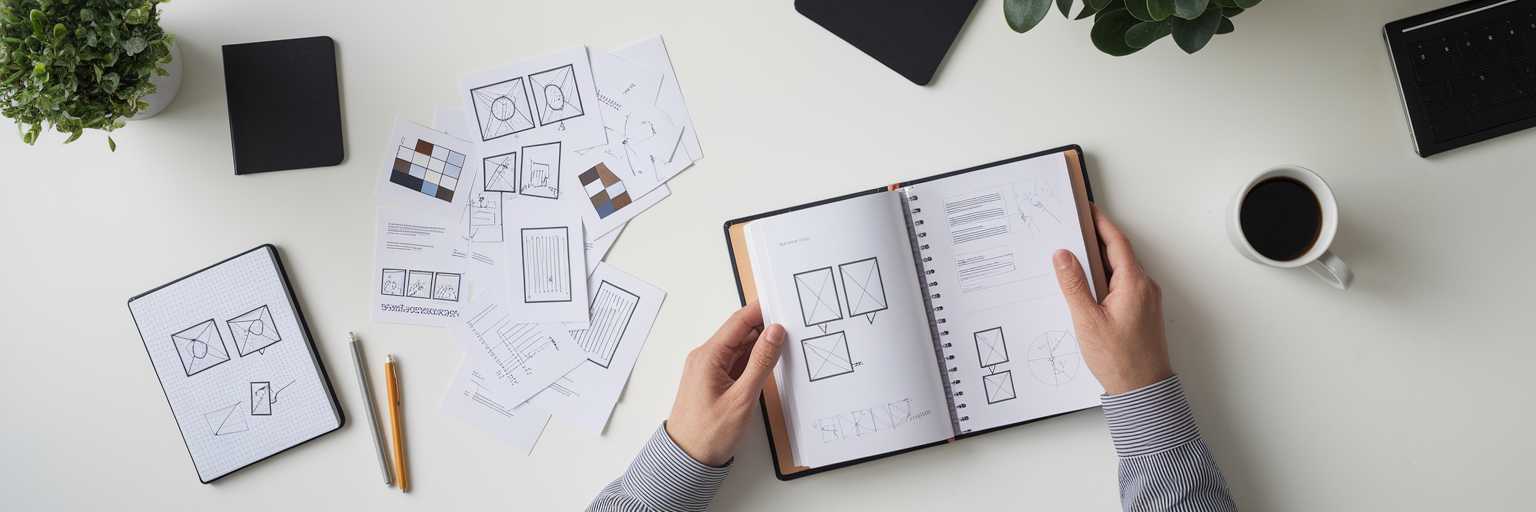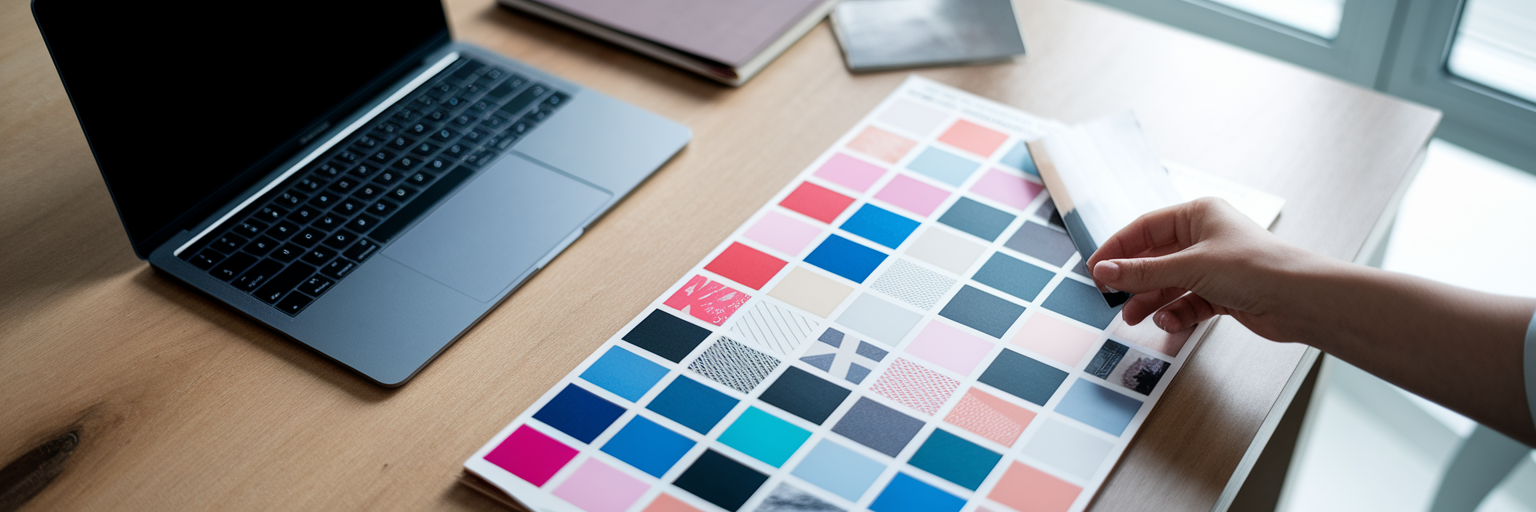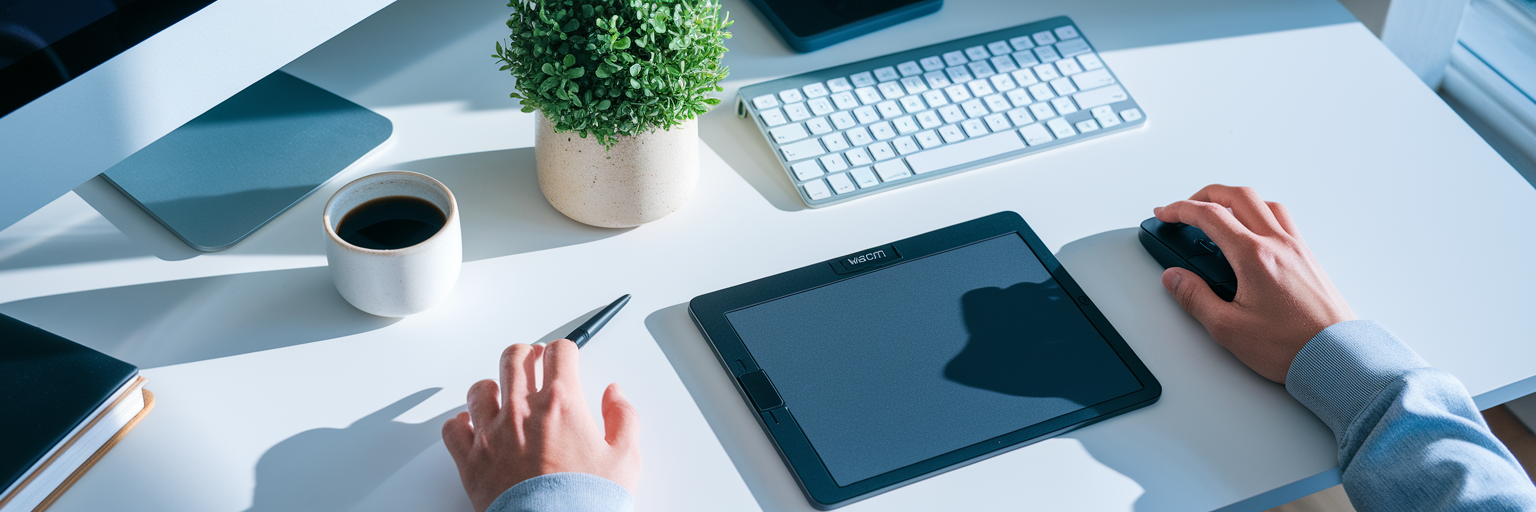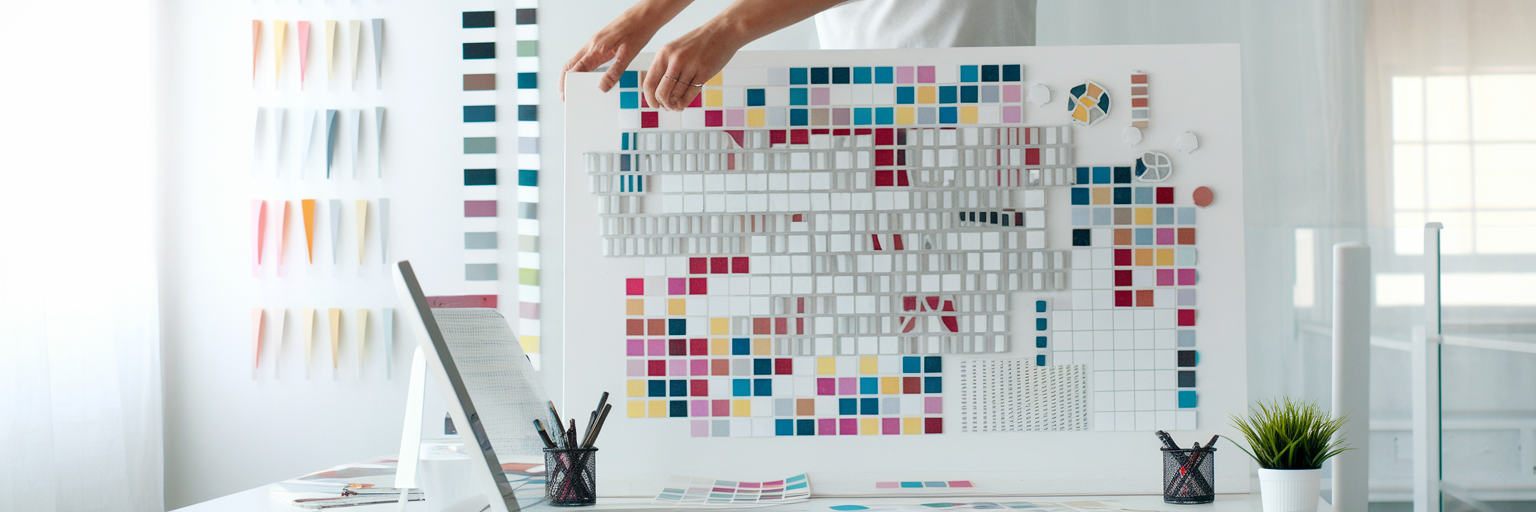We’ve all been there: 42 open tabs, a desktop littered with random screenshots, and that one perfect reference you swear you saved last week, now lost in a digital void. This is the designer’s “inspiration graveyard,” a place where great ideas go to be forgotten. This article will show you how to use tagging to build a searchable library of UI design patterns, turning that chaos into a powerful creative asset.
Instead of wrestling with rigid folders, you can create a flexible system that works like your brain does. This isn't just about tidying up. It's about building a personal, searchable design library that fuels your workflow and creativity. Let’s explore why tagging is the superior method for creative minds.
Why a Tagging System Beats Folders for Design Inspiration
The biggest limitation of folders is simple: an item can only live in one place. Picture this: you screenshot a brilliant checkout flow that has a unique button animation. Do you file it under your “Checkout” folder or your “Buttons” folder? Either way, you lose half the context.
This is where a tagging for UI design system changes everything. Tagging is multi-dimensional. That same screenshot can be tagged with checkout-flow, button, micro-interaction, and e-commerce all at once. It doesn’t live in a single box; it exists in every context where it’s relevant. This mirrors how our creative brains work, making non-linear connections between different ideas.
A folder system forces you to predict how your future self will search for something. A tagging system lets you find inspiration based on what you need right now. It supports associative thinking, which is the bedrock of creative problem-solving. This is exactly why Bookmarkify was built around a tag-first philosophy. It’s a tool designed to help you organize design inspiration and find what you need in seconds, without forcing your ideas into restrictive categories.
The Core Principles of an Effective Tagging System

Building a great UI pattern tagging system starts with a few foundational rules. Without them, your tags can become just as messy as the folders you left behind. Think of these principles as the constitution for your personal library.
- Consistency is Key: Avoid duplicates like
button vs. buttons or onboarding vs. onboarding-flow. Create a personal "tagging dictionary" and stick to a format. A great starting point is all lowercase with hyphens for multi-word tags (e.g., data-table, user-profile).
- Be Specific, But Not Too Specific: There's a sweet spot for tag granularity. A tag like
blue-rounded-submit-button is too narrow and won't be useful for future searches. Instead, a combination of tags like cta-button, rounded-corners, and primary-color gives you much more flexibility. The goal is utility, not a literal description.
- Think in Categories: Don't just create a flat list of hundreds of tags. Group them into high-level categories to add structure. As UXPin notes in its guide on building scalable design libraries, logical structure is essential. Start with broad categories like Component, Pattern, Attribute, and Project.
Actionable Tip: Don't try to create every tag you'll ever need on day one. Start with a core set of 10-15 tags based on your current projects and expand your system organically as you save new inspiration.
A Practical Tagging Framework for UI Patterns
Now for the fun part: building your framework. A well-structured UI design patterns library relies on combining different types of tags to create powerful search queries. Here’s a practical breakdown you can use today.
Component-Level Tags
These are the basic building blocks of any interface. Tagging at this level helps you find specific elements quickly.
buttonformmodaldata-tablenavigation-barcard
Pattern & Flow Tags
These tags describe user tasks or multi-step interactions. They help you see the bigger picture of how components work together.
onboarding-flowcheckout-processuser-profilesearch-resultsdashboard-layout
Attribute & Style Tags
Use these descriptive tags to define the look, feel, or behavior of a design. This is where you can capture aesthetic trends and interaction details.
minimalistdark-modebrutalistmicro-interactiondata-visualizationgamification
Source & Project Tags
These contextual tags tell you where the inspiration came from or what project it’s for. They are perfect for organizing client work or tracking industry-specific examples.
saas-appe-commerce-siteportfolioproject-nomad
Imagine you need inspiration for a new dark-themed dashboard with charts. With this system, you can instantly filter your library for bookmarks tagged with dashboard-layout, data-visualization, AND dark-mode. This is how a searchable design library transforms from a simple collection into a powerful workflow tool. You can find tons of great examples to start your collection on our design inspiration page.
| Tag Category |
Purpose |
Example Tags |
| Component |
Identifies individual, reusable UI elements. |
button, form, modal, card, dropdown, icon |
| Pattern & Flow |
Describes multi-step user interactions or layouts. |
onboarding-flow, checkout-process, dashboard-layout, search-results |
| Attribute & Style |
Defines visual aesthetics, behavior, or characteristics. |
dark-mode, minimalist, brutalist, gamification, micro-interaction |
| Source & Project |
Adds context about the origin or application. |
saas-app, e-commerce, portfolio, project-alpha, client-x |
This table provides a clear, structured overview of the tagging framework. These categories are designed to be combined, allowing for powerful and precise searches within your personal inspiration library.
Your New Workflow: From Capture to Creation
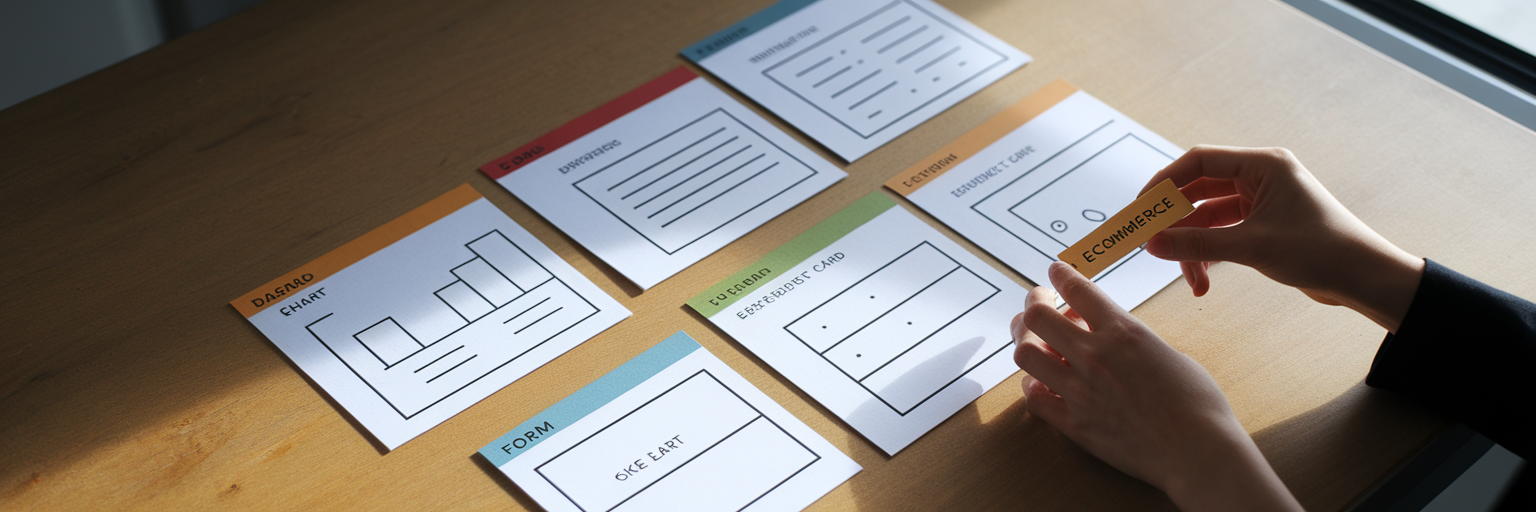
A great system is useless if it’s too complicated to use. Here’s how to translate this tagging framework into a simple, repeatable workflow that sticks.
- Capture Instantly. Inspiration is fleeting. The moment you see something you love, save it. Using a tool like the Bookmarkify Chrome extension lets you capture a site with a single click, so no idea ever gets lost in the tab abyss.
- Tag Immediately. The key to avoiding a backlog is to tag at the point of capture. With Bookmarkify, adding tags is a seamless part of the saving process. This small habit prevents you from ever having a folder of "untagged" items to deal with later.
- Search & Filter with Purpose. Starting a new dashboard design? Now, instead of aimlessly browsing, you can filter your library by the
dashboard-layout tag to see every relevant example you’ve ever saved. Use Bookmarkify’s Grid or Moodboard views to visualize all the patterns at once.
This efficient workflow means you spend less time searching and more time creating. It’s how you truly organize design inspiration to become a more effective designer. And for a daily creative boost, you can always check out the fresh sites on our Daily Inspiration feed.
Advanced Tips to Maintain Your Library
Your searchable design library is a living asset. To keep it clean and effective over the long term, a little maintenance goes a long way. Here are a few advanced tips:
- Perform a Monthly Tag Audit. Dedicate 15 minutes each month to review your tags. Merge redundancies (like
login vs. log-in), fix typos, and ensure everything aligns with your tagging dictionary.
- Avoid Tag Bloat. If you have a tag you’ve only used once or twice, ask yourself if it’s truly necessary or if it can be merged with a more general tag. For items you're unsure how to categorize, use a
temp or to-be-tagged tag and revisit it later.
- Use Tags to Collaborate. A well-tagged collection becomes a shared visual language for your team or clients. With Bookmarkify’s Pro plan, you can share a collection via a unique URL, making feedback and alignment effortless.
- Spot Your Own Trends. Your tag library is a reflection of your creative interests. By reviewing your most-used tags, you can spot patterns in your style, identify areas you’re drawn to, and consciously evolve your design aesthetic.
Start Building Your Inspiration Library Today
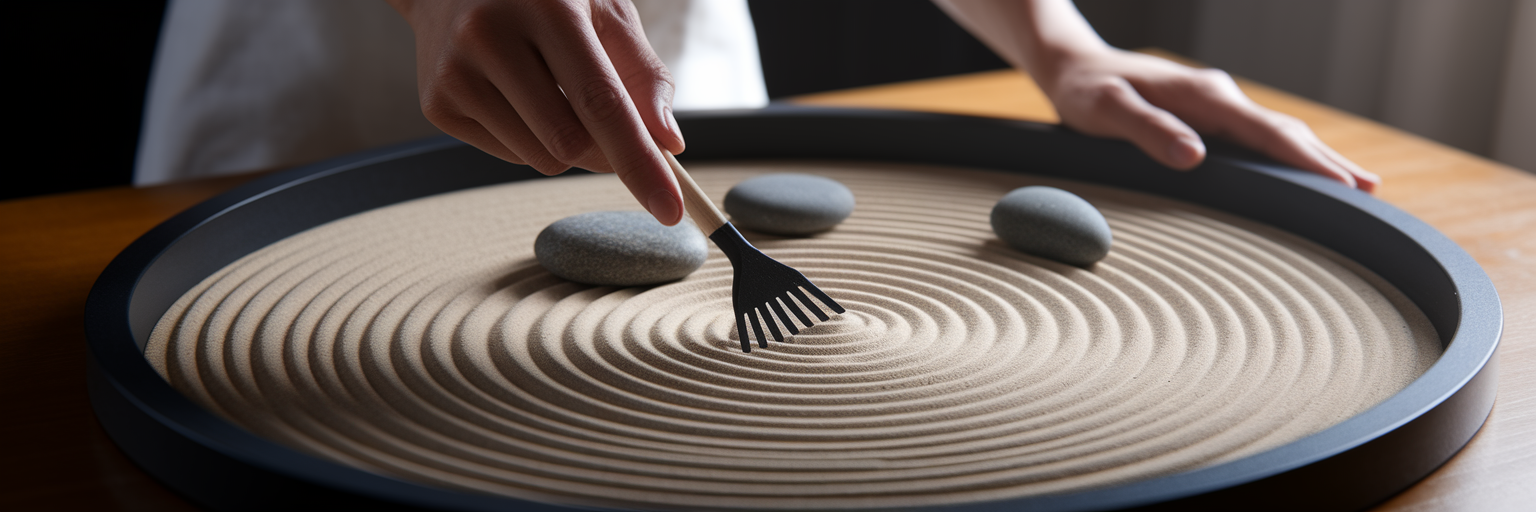
A disciplined UI pattern tagging system transforms digital chaos into a powerful, personal asset. It leads to faster workflows, better designs, and the creative clarity you need to do your best work. Stop letting great ideas get lost in tab-pocalypse.
Ready to get started? Try Bookmarkify for free and start building your searchable, beautiful inspiration library in the next five minutes. For more tips on creative workflows, check out the other articles on our blog.








